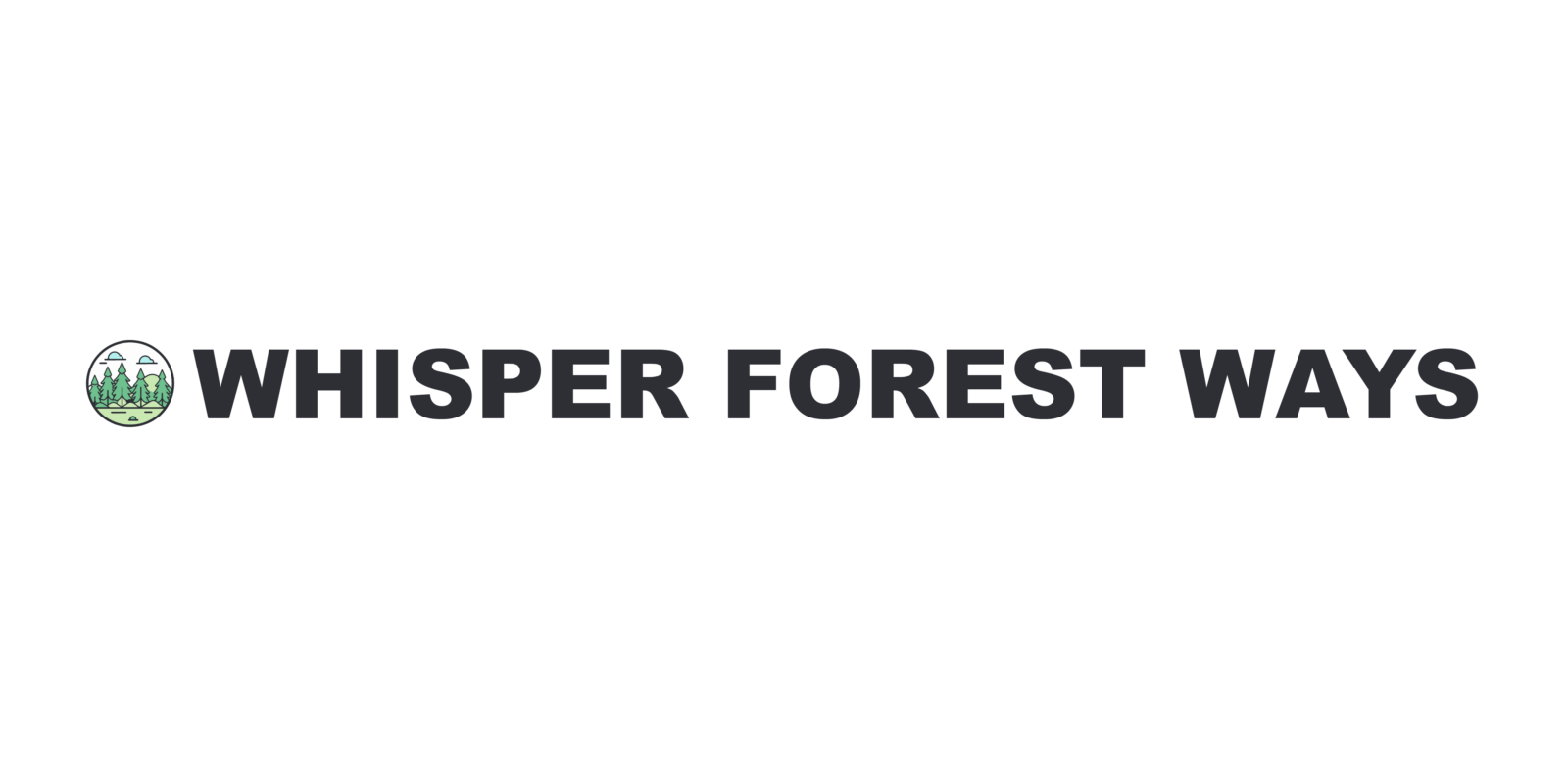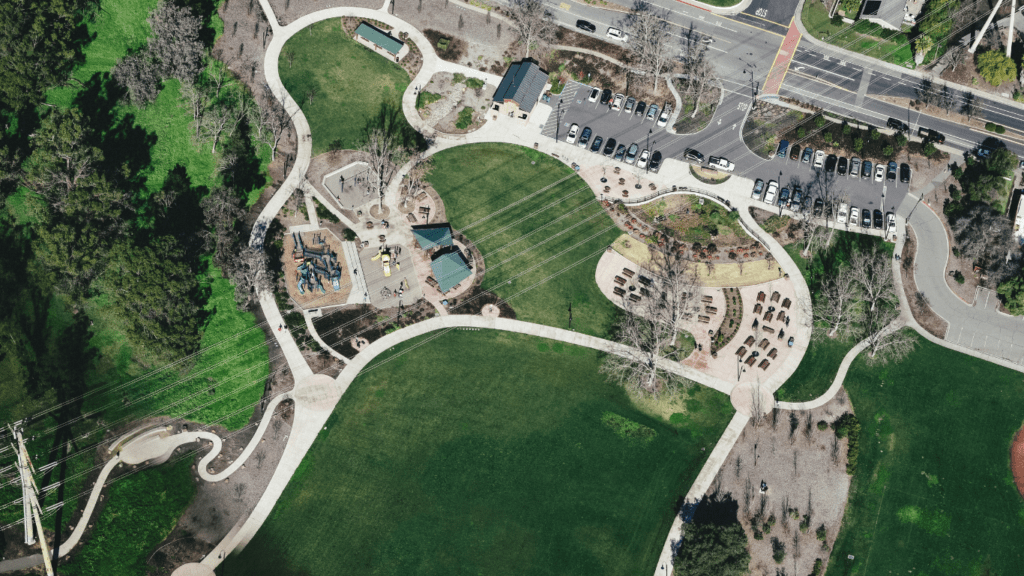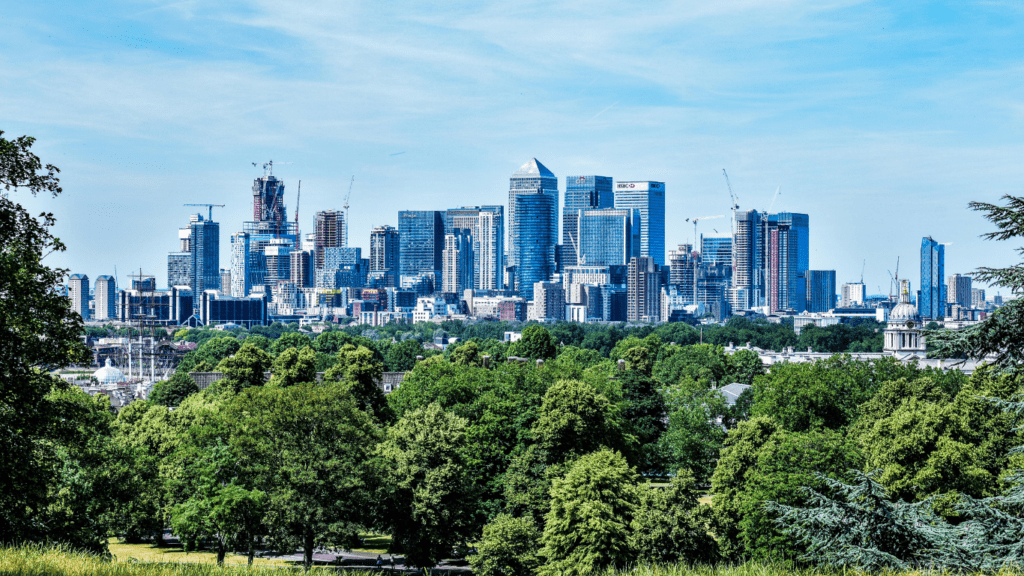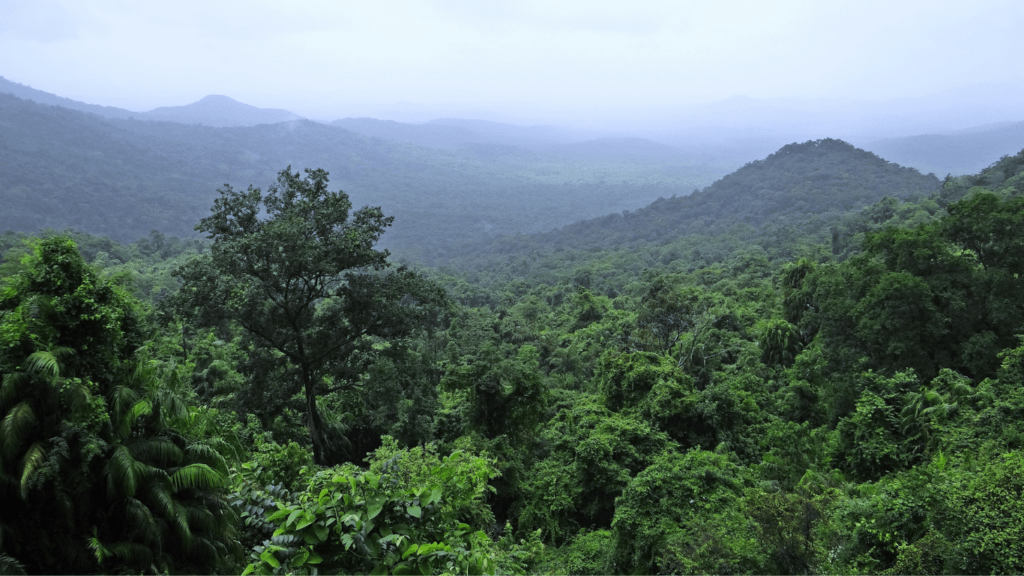What Are Urban Forests?
Urban forests consist of trees, plants, and vegetation within city boundaries. These green spaces include parks, street trees, gardens, and even green roofs. Urban forests contribute to the ecological and social fabric of cities, offering numerous environmental, economic, and health benefits.
Trees and plants in urban forests improve air quality by absorbing pollutants and releasing oxygen. They help lower temperatures, mitigating the urban heat island effect. These green spaces also manage stormwater by absorbing rainfall, reducing runoff, and preventing flooding.
Urban forests support biodiversity, serving as habitats for various species, including birds, insects, and small mammals. They provide aesthetic beauty and recreational spaces for residents, enhancing mental well-being and promoting physical activities.
Moreover, urban forests boost property values and attract tourism, contributing to the local economy. If well-maintained and planned, they can enhance the overall resilience of urban areas against climate change impacts.
Benefits of Urban Forests
Urban forests offer an array of significant benefits, enhancing both the environment and the quality of life for city dwellers.
Environmental Advantages
Urban forests play a crucial role in improving air quality. Trees and vegetation absorb pollutants, such as nitrogen dioxide and particulate matter, providing cleaner air. They help lower urban temperatures by creating shade and releasing moisture through evapotranspiration, reducing the heat island effect. Urban forests manage stormwater by intercepting rainfall, reducing runoff, and filtering pollutants before they reach water bodies. They support biodiversity, offering habitats for various species, and contribute to carbon sequestration, helping combat climate change.
Health and Well-being
Access to urban forests enhances residents’ mental and physical health. Green spaces provide areas for recreation and relaxation, reducing stress and improving mood. Studies have shown that regular exposure to nature can decrease anxiety, depression, and other mental health issues. Physical activities, such as walking and cycling in these green areas, promote cardiovascular health and reduce obesity risks. Urban forests also improve social cohesion by providing communal spaces for people to gather, strengthening community bonds.
Economic Impact
- Urban forests contribute to local economies by increasing property values.
- Properties near well-maintained green spaces often see higher market prices due to the aesthetic and recreational benefits.
- Urban forests attract tourism, drawing visitors interested in natural beauty and outdoor activities, which boosts local businesses.
- They reduce energy costs; shade from trees lowers cooling expenses in summer, and windbreaks reduce heating costs in winter.
- Investing in urban forests can lead to job creation in landscaping, maintenance, and urban planning sectors.
Challenges in Implementing Urban Forests
Urban forests provide significant benefits, but implementing them presents several challenges.
Space Constraints
Cities often face space limitations. Densely populated areas have limited land availability for green spaces and tree planting. Urban planners must creatively design multi-functional spaces to integrate vegetation within the constraints of existing infrastructure. For instance, vertical gardens and green roofs can maximize plant coverage in confined spaces.
Maintenance and Costs
Maintaining urban forests requires significant financial investment. Regular care, including:
- watering
- pruning
- pest control
is necessary to ensure tree health. Cities must also budget for long-term care and replacement of aging vegetation. Despite these costs, the long-term benefits, such as improved air quality and reduced stormwater management expenses, can offset initial investments.
Public Perception
Public support is crucial for urban forestry initiatives. While many residents appreciate the aesthetic and environmental benefits, some might resist changes due to perceived inconvenience or fear of increased maintenance responsibilities. Effective community engagement and education can address concerns and highlight the diverse advantages of urban forests, fostering greater acceptance and participation.
Successful Examples of Urban Forests

Certain cities have pioneered urban forestry, showcasing its benefits and effectiveness.
Case Study: New York City
New York City has become a leader in urban forestry. The MillionTreesNYC initiative aimed to plant and care for one million new trees across the city’s five boroughs. By 2015, this goal was achieved, making significant strides in improving air quality and reducing the urban heat island effect. The city’s comprehensive network of parks and green spaces, including Central Park and Prospect Park, underscores its commitment to urban forestry. These efforts have resulted in enhanced mental well-being and physical health for residents, supported biodiversity, and contributed to stormwater management.
Case Study: Singapore
Singapore’s urban forestry efforts are exemplary. The City in a Garden vision integrates greenery into urban planning. Strategies include rooftop gardens, vertical green walls, and tree-lined streets. The Gardens by the Bay project, covering 250 acres, features iconic Supertrees that harness solar energy and act as vertical gardens. These initiatives have improved air quality, reduced temperatures, and provided habitats for various species. Singapore’s approach demonstrates the potential of incorporating extensive green infrastructure, even in densely populated urban settings.
Future of Urban Forests in City Planning
Urban forests are increasingly becoming a central component of city planning. They mitigate climate change effects, enhance the quality of life, and create sustainable urban environments.
Trends and Innovations
Urban forestry is evolving with emerging trends and technological innovations. Automated irrigation systems ensure optimal water use, which improves tree health. High-resolution satellite imagery and drones monitor urban forests, providing accurate data for better management. Smart sensors in trees collect real-time data on environmental conditions, helping municipalities address issues proactively. For example, smart sensors help track tree growth, detect diseases, and monitor soil moisture levels effectively.
Policy and Governance
Urban forest policies are crucial for the successful integration of green spaces into city planning. Governments often collaborate with NGOs and local communities for effective urban forestry programs. Policies focus on tree preservation, planting incentives, and green infrastructure mandates. Cities like Los Angeles have adopted urban tree canopy goals to increase green cover. Governance involves enforcing tree protection laws, providing funding for maintenance, and engaging communities in stewardship programs. Policymakers prioritize urban forests to achieve sustainability goals and create resilient urban landscapes.



 Lead Forest Survival Specialist & Outdoor Educator
Timothy Peters is Whisper Forest Ways’ resident expert on wilderness survival and all things related to thriving in the outdoors. With a background in environmental sciences and over a decade of hands-on survival training, Timothy combines scientific knowledge with practical experience to teach readers essential survival skills, such as shelter building, fire making, and foraging. His approach emphasizes respect for the natural world and sustainability, ensuring that all of his methods encourage low-impact interaction with the environment. Whether you’re new to outdoor adventures or a seasoned explorer, Timothy’s detailed guides and insights provide invaluable knowledge for safely and confidently navigating the wild.
Lead Forest Survival Specialist & Outdoor Educator
Timothy Peters is Whisper Forest Ways’ resident expert on wilderness survival and all things related to thriving in the outdoors. With a background in environmental sciences and over a decade of hands-on survival training, Timothy combines scientific knowledge with practical experience to teach readers essential survival skills, such as shelter building, fire making, and foraging. His approach emphasizes respect for the natural world and sustainability, ensuring that all of his methods encourage low-impact interaction with the environment. Whether you’re new to outdoor adventures or a seasoned explorer, Timothy’s detailed guides and insights provide invaluable knowledge for safely and confidently navigating the wild.
